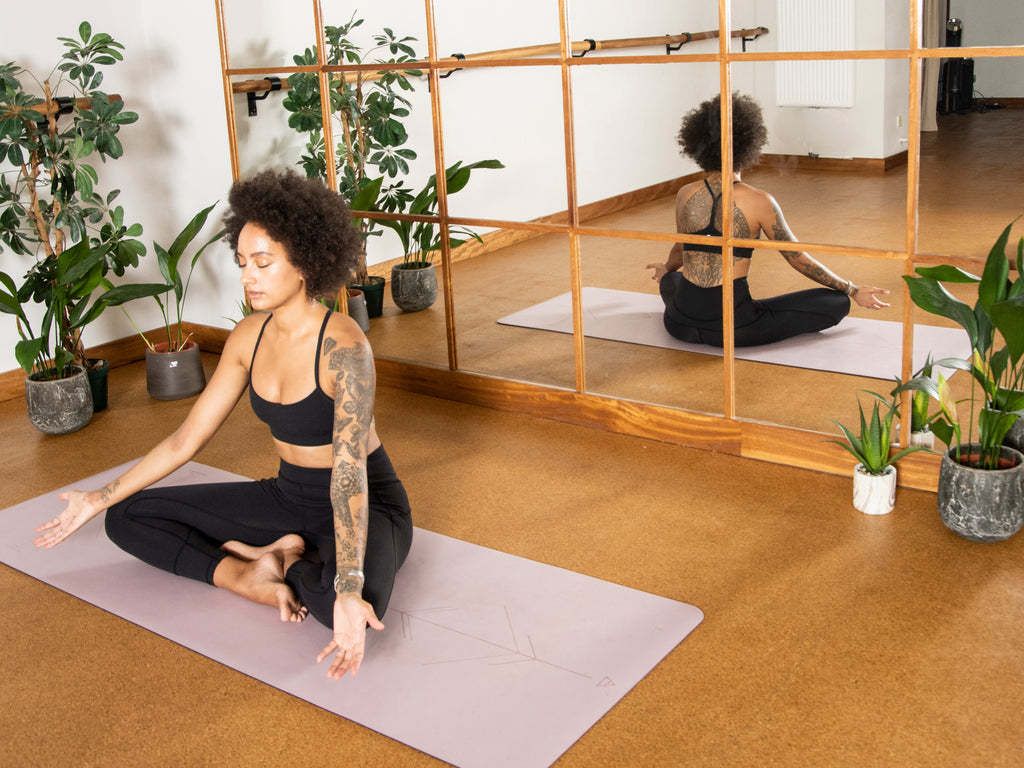Lotus Pose is a very strong and powerful yoga pose, but it can be hard to do if you’re just starting out.
Lotus Pose requires a lot of balance and core strength because you need to keep your body upright while also wrapping the legs around each other in an intricate way. Lotus has many benefits for both mind and body, so don’t worry about taking your time! In this blog post we will discuss how to do Lotus pose properly, as well as why it’s so important.
Toward the end of this blog post we will cover Lotus Pose benefits and how Lotus can help you in your yoga journey.
Doing Padmasana or lotus pose requires patience and time to get right. If something feels off in your knees, ankles or hips then just take a break from Lotus Pose to give your body time to adjust, always being mindful to protect your joints. It takes a lot of energy and focus to get Lotus right so it’s okay if it doesn’t happen all in one day – keep at it!
Benefits
Lotus is great for both the mind and body because you can increase flexibility by allowing more blood flow throughout your joints which will help with pain management after long periods of sitting down during meditation practices.
Step-by-Step Instructions
1. You may want to position a blanket under your sit bones to prepare for Lotus.
2. From Staff Pose, bend your right knee and use your hands to bring the right ankle to the left hip crease with the sole of the right foot facing upward. Settle the foot in the hip crease.
3. Bend your left knee and use your hands to cross the left ankle over to the right hip crease with the sole of the left foot facing up.
4. Sit up tall with a long spine and your shoulders moving away from your ears. Place hands on thighs, palms facing up with shoulders drawing back and down. Actively lengthen the crown of your head upwards.
5. Relax your knees toward the floor.
6. After 10 to 20 breaths, release the legs and repeat the posture with your left foot on the bottom and your right foot on top.
Common Obstacles
1. Not Having Enough Hip Flexibility
2. To be able to enter whole Lotus, the legs must be able to externally rotate away from the pelvis. The strain will not be relieved by forcing the legs into place; instead, it will be transferred to the knee joint, which is more prone to injury.
3. If flexibility is an issue, raising the seat by sitting up on a blanket does help to position the hips, but it won’t create enough flexibility if it isn’t there in the first place. To get to full Lotus from Half Lotus and other hip-opening exercises, instead, you’ll need to work your way up.
4. Thinking It’s Essential for Meditation. Despite the prevailing idea that Lotus is the preferred pose for meditation, that practice really doesn’t depend entirely on the position in which you sit as long as it is comfortable.
Alternatives include Half Lotus, Hero Pose, or Easy Pose. You can even meditate while sitting in a chair if that’s the position that encourages ease in the body.


Leave a Reply